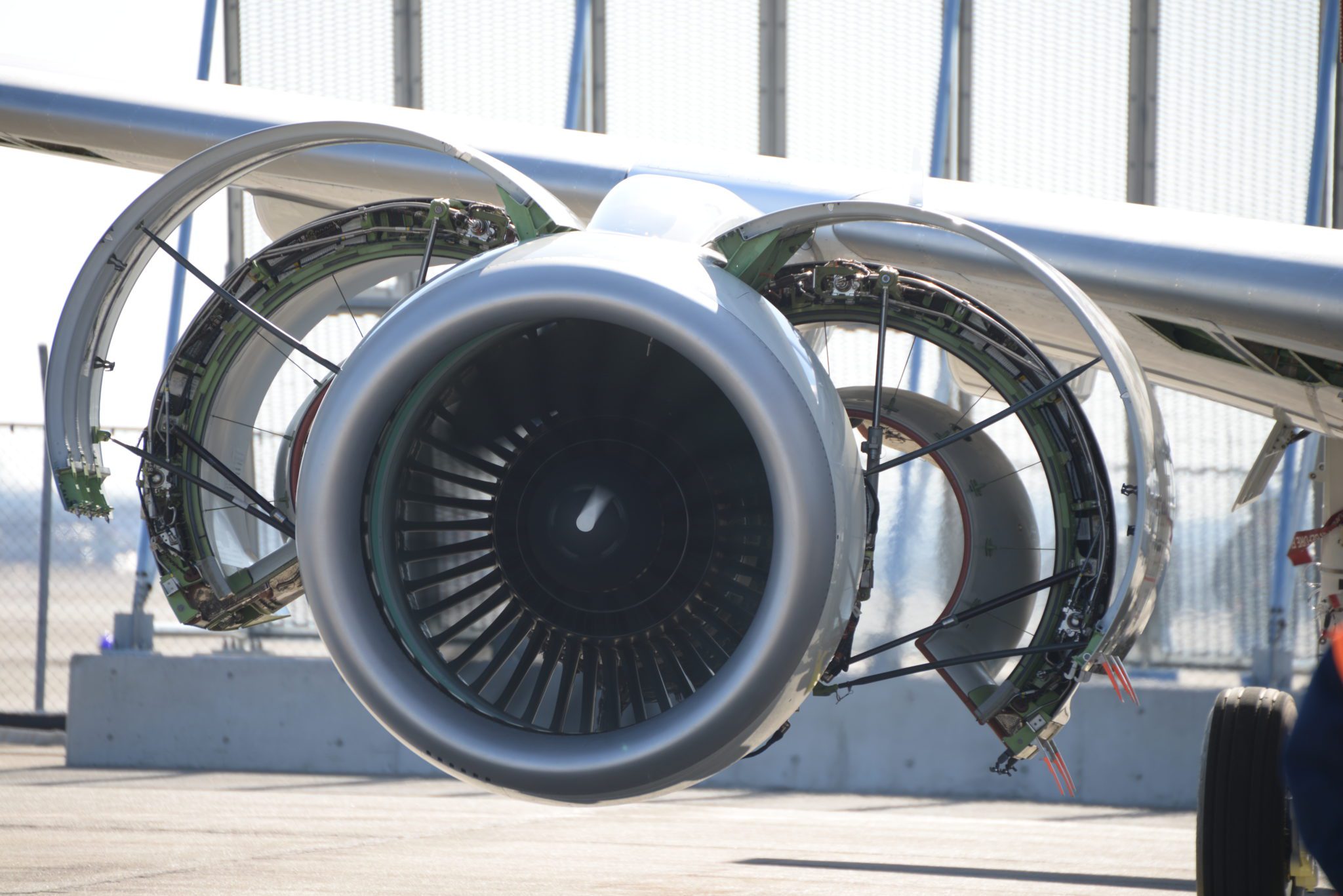
MRJ First Engine Run 4
Typically the airlines don’t pay much for their engines using “Power-By-Hour” contracts instead. From industry sources, we understand more than half the airlines utilize these contracts. On the lower side, we might see GE and CFM in high-sixties percent and the market likely tops out in the high-eighties percent for Rolls-Royce.
As the world’s parked fleets draw attention, consider the pain being felt by engine makers who won’t see revenue from idle engines. Bear in mind that all the engine makers are constantly undertaking R&D on new technologies to become greener – quieter, more fuel-efficient and lighter. These R&D projects are very expensive as they research exotic materials and scalable additive manufacturing, for example. Engine technologies, in many ways, drive commercial aerospace developments. Aircraft OEMs are looking at next-generation single-aisle aircraft in the 2030 era because that is when they believe engine technologies will enable these aircraft to offer step-change improvements.
But with revenues throttled back, engine OEMs are going to face the same daunting tasks as aircraft OEMs and airlines. Except as the leading edge of development, significantly slower engine development means the 2030 timeline slides to the right.
To get a sense of who is hurting we offer this model of the major airline fleets at the end of 2019. Clearly things are far worse now, but you can infer where the pain is being inflicted from the data model. Select the airline on the left to drive the model.
Views: 18




